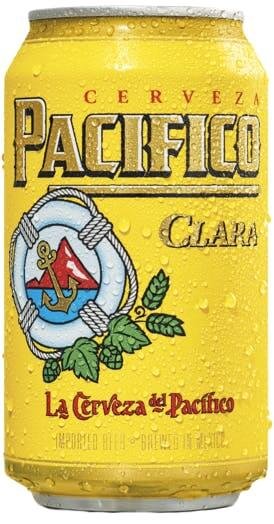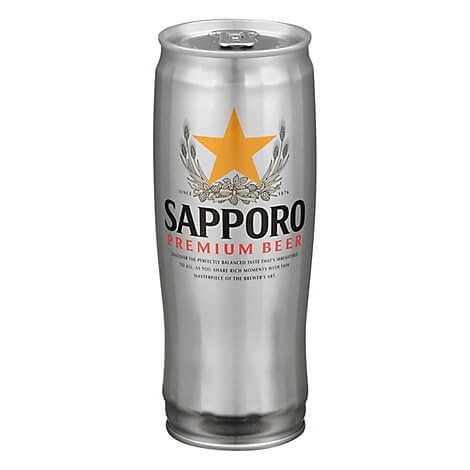Beer Style Guide: Get to Know International Pale Lager with Em Sauter
If the world had one beer style that was universally loved and lauded, the International Pale Lager would be it. It’s interesting that the one style that’s pretty much the same throughout the globe is the same style that showcases national pride for individual countries. People look to these beers as a symbol of home. Should you ever be lost, look to beer labels to show you what country you’re in. Brand names alone can conjure a feeling of nostalgia or nationalism - Heineken, Peroni, Kingfisher, Singha, Sapporo, the list goes on and on.
International Pale Lagers came out of the rise of Pilsner, which was invented in 1842 in the Czech Republic. This popular beer style spawned countless copies with people in other countries using their local ingredients and technology to create styles such as German Pils, Kolsch, American Pilsner, etc. Other countries started making this style of beer in the latter half of the 19th century and the style has evolved throughout the decades. These beers can be labeled as “pilsners” for marketing practices but they are not truly German or Czech Pilsners as they are less bitter and hop forward.
International Pale Lager represents almost every “national” lager on earth. They can be brewed with all pale malt but are usually brewed with adjuncts like corn, sugar or rice; usually whatever the home country has the most of and is easiest to find. International Pale Lager is a broad class of beers but there are threads that remain the same- drinkable, golden in color, usually around 5% ABV and refreshing plus a little more bitter than American Lagers like Budweiser and Miller.
Tasting Notes
For flavors/aromas, you’ll get pleasant graininess and a dry finish. Low hop bitterness is allowed with spicy, floral or earthy aromas. This beer is meant to be drunk cold so flavors and aromas will be diminished by the temperature. Similar to the cream ale in that you don’t really drink this beer for flavor/aroma. It’s a beer for soccer stadiums, beaches or parties. It’s for Modelo Especial on Cinco de Mayo or remembering fond vacations drinking Red Stripe on the beaches of Jamaica. The marketing, branding and sense of place are the most popular and important aspects of these beers.
Food Pairings
From Indian to Thai to Japanese, when you get takeout or eat in, order the pale lager associated with that country for an authentic experience. That’ll be the best pairing for sure. It’s that simple.
Beers to Try
Heineken
Heineken is one of the largest and most well known of the International Pale Lagers. Served in a green bottle, its skunkiness (which comes from light reacting with hops - green bottles do not protect from this whereas brown bottles do) has become an attribute a lot of people enjoy about this beer, however, I advise drinking this beer in cans for a more fresh, less skunky experience.
Pacifico Clara
Pacifico Clara is one of Mexico’s best known beers in addition to being a favorite of mine. As with many International lagers tied to a country, this beer happily brings me back to my sister’s beach wedding in Mexico four years ago. Pacifico is also a go-to in the many Mexican restaurants.
Sapporo Premium
This is what I order every time at our local sushi bar. I’ve tried to figure out why I like it more than other Japanese brands but there’s just something about it that I like. Pairs wonderfully from simple sashimi to elaborate rolls.



